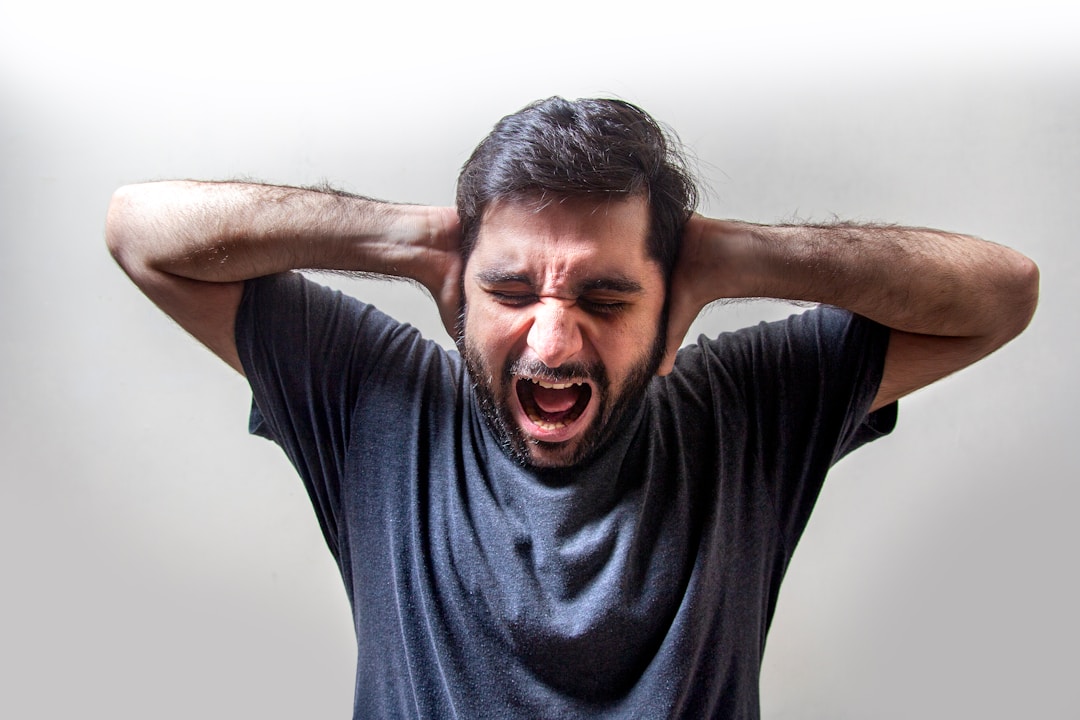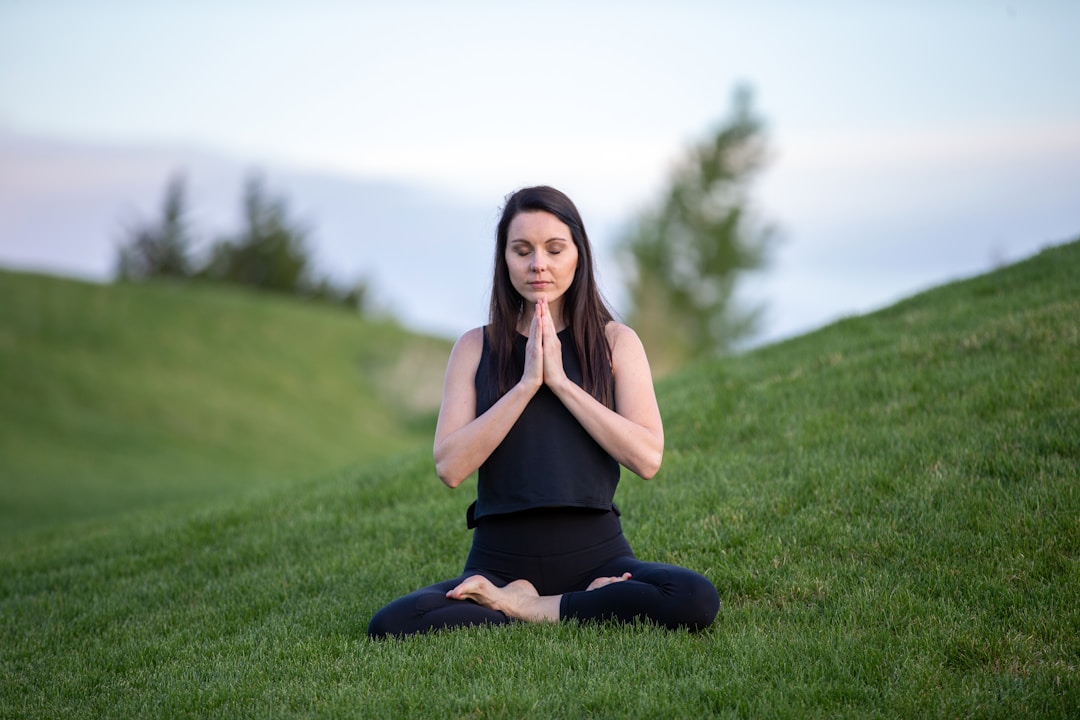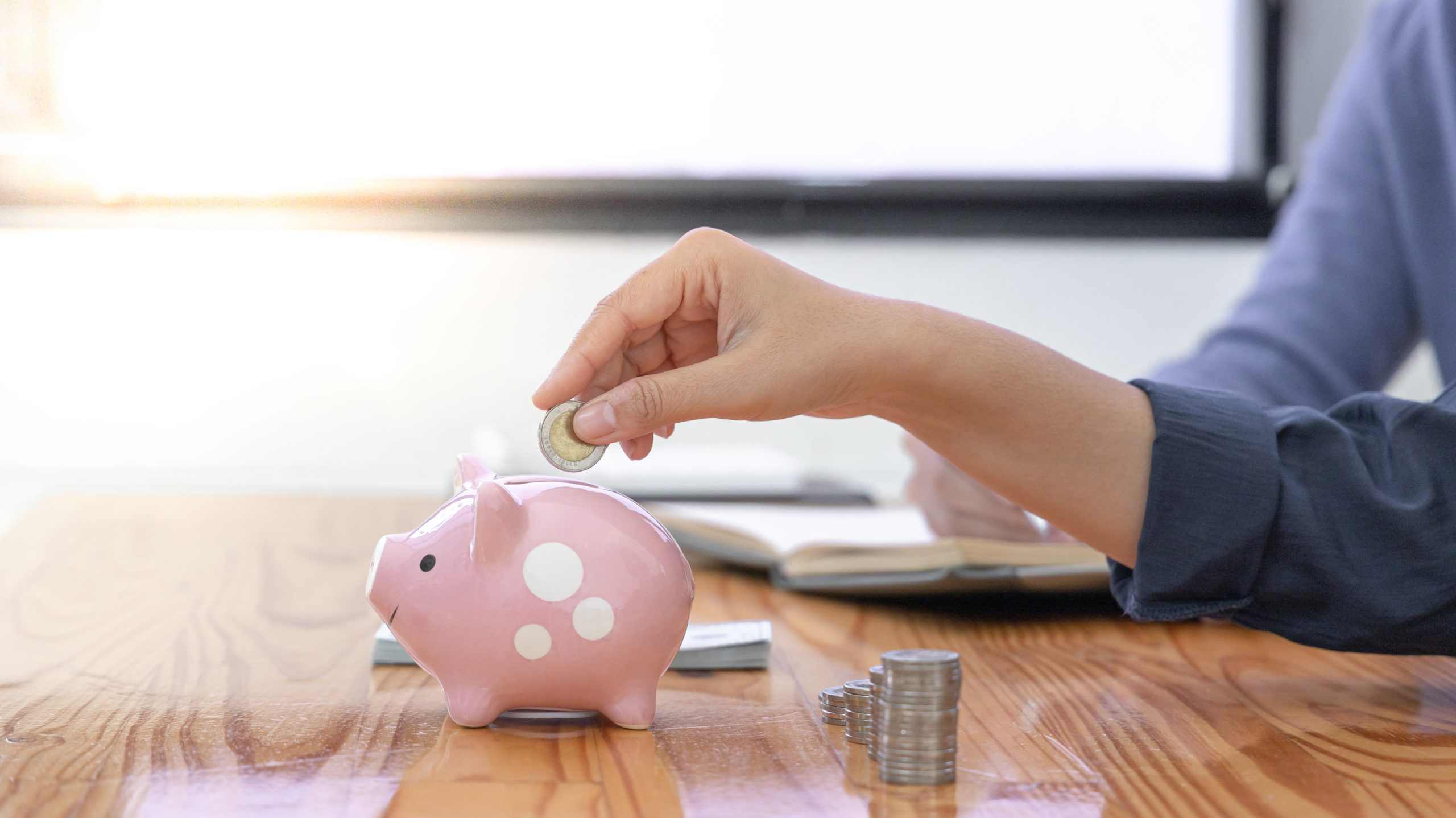Sometimes, it can feel like the world is just pressing down on your chest. This feeling of doom and panic sets in and, at that moment, seems also inescapable. Anxiety attacks and panic attacks can seem scary, but the truth is that you are not alone in experiencing these moments that impact your mental health. There are many ways to overcome these occasional lapses, and one of them is by practicing meditation.
How do I recognize anxiety?

Anxiety disorders hit differently for everyone. Those emotions are like snowflakes, each one with its own unique qualities when it comes to spotting the physical symptoms of anxiety. Anxiety triggers what’s known as the fight-or-flight response, where the body’s sympathetic nervous system is stimulated. This system is responsible for involuntary breathing and heart rate, leading to the release of stress hormones like adrenaline and cortisol. The release of the hormones explains the shortness of breath, rapid heartbeat, and muscle aches that some experience with anxiety attacks.
There are a variety of anxiety disorders that people can deal with. Generalized anxiety disorder, or GAD, is among the more common forms where you can experience immense fear toward circumstances and events. Panic disorders may display similar emotions with potential triggers for panic attacks. Social anxiety disorder can lead to feelings of anxiety in social settings, while other phobias may lead to that reaction based on a particular circumstance where you feel as though you have no outlet to escape that fear.
How can meditation help?

Every anxiety sufferer has their own treatment plan to get them through the physical and mental symptoms associated with anxiety. However, healing meditation can be a way to decompress. Meditation has been practiced for thousands of years and is commonly used for relaxation and stress reduction. Meditation is considered a type of mind-body complementary medicine. Meditation can produce a deep state of calm. During meditation, your attention is not focused on social situations, nightmares, or other circumstances that raise stress levels.
Meditation, along with proper mental health care, allows anxiety sufferers to gain a new perspective on stressful situations. By maintaining a healthy lifestyle and keeping the right relaxation techniques, you can build skills to manage stress and increase self-awareness. By learning to focus on the present, anxiousness can be quelled as you build new levels of tolerance and patience, reducing negative emotions. Anxiety can be triggered by everything from social situations to an underlying health problem. Meditation provides an outlet to escape and understand your surroundings and take a step back for self-assessment.
How do I practice mindfulness?

There are a variety of forms of meditation. Guided imagery or visualization uses the senses to form mental images of a relaxing setting. Qi gong and tai chi opt for a physical movement that combines breathing problems to address the symptoms of anxiety disorders. One of the more common forms of meditation is called mindfulness meditation, which is based on having increased awareness and accepting the present moment to broaden your conscious awareness.
Mindfulness starts with putting yourself into a comfortable position but not so comfortable that you may fall asleep. Once you’re in a set position, close your eyes and begin breathing. Notice your breathing pattern, but don’t change it. Once you have observed a natural rhythm of your breath, allow it to grow deeper to support relaxation. This helps to regulate a rapid heart rate brought on by most diagnosable anxiety disorders. By acknowledging thoughts and feelings you experience in that setting, you can make a better assessment of your mental health condition. Along with the help of a licensed therapist, meditation can help your body’s fight with anxiety symptoms.



